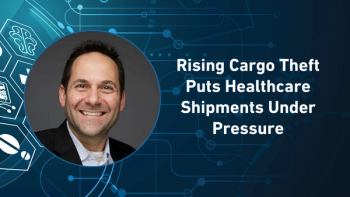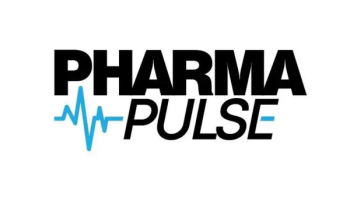
Gross-to-Net Bubble Reshapes Drug Pricing Strategy
As over half of Americans now receive prescriptions through Medicare or Medicaid, pharma companies must shift from a commercial-first approach to a statutory-first model, making GTN governance a C-suite priority for long-term brand survival.
This video was created based on Bill Roth's "Popping the Gross-to-Net Bubble"
Welcome to the explainer. Today, we are talking about the wild and honestly, super complex world of drug pricing, and we're going to tackle what some experts call the gross-to-net bubble. It's a huge shift that's happening right now, and you need to know about it.
So let's just jump right in with a question that gets to the absolute heart of this whole thing. Why is the price you hear about for a drug—you know, it's list price—why is it basically just an illusion? What's the real story behind that number? Well, the answer really boils down to this one critical term, gross-to-net, or GTN for short. The easiest way to think about it is this. It's the massive and usually invisible gap between a drug's official sticker price and the actual cash a drugmaker gets to keep—all those rebates, discounts, and fees live inside that gap, and they bring the real price way, way down.
Okay, so to really get where things are headed, we first have to understand the old way of doing things, the old playbook for pricing drugs. And let me tell you, it's an approach that has a massive hidden trap built right into it. For years, the logic seemed to make perfect sense, right? A new drug gets approved, what's the first thing you do? You go cut deals with the huge commercial insurance managers, the PBMs. Why? Because they control access to millions of patients. You get in good with them. You get massive volume. Simple, but here's the deep flaw in that logic. When you chase volume with those big commercial players, first, you're ignoring a completely different and incredibly powerful set of rules, government pricing regulations, and trust me, those rules can come back to haunt you and cause your actual revenue to just collapse later on, and we're not talking about some small niche problem anymore.
The ground has completely shifted under everyone's feet. The whole landscape of who actually pays for drugs in the US has fundamentally changed the old rules, they just don't work anymore. This is the number that changes absolutely everything—over 55%. That's how many Americans now get their prescriptions covered by government programs like Medicare and Medicaid. That's not just a big number. That's a tipping point. This new reality is nothing short of a seismic shift. Government payers are no longer just a part of the market. They are the market. They're the majority now. So if you ignore their rules, you're literally ignoring the biggest, most powerful player at the table.
So here's the takeaway—you have to flip the entire model on its head, that old commercial first playbook. It's done. The new game is all about building your pricing strategy on a solid foundation from day one. The
It's a clear three-step process. First, you have to forecast your patient mix, who's going to be using your drug. Second, based on that, you model the absolute lowest price you can have because of government rules. And only then, as the third and final step, do you start layering those commercial deals on top of that solid base. Adopting this model forces you to ask much smarter, long term questions, you start thinking, hmm, if we raise the price, will that trigger inflation penalties, or wait, if we give this one HMO a super deep discount, could that accidentally set a new best price that we then have to give to the government for free? You see, you're no longer just reacting. You're playing chess, not checkers. And look, this is so much bigger than just a new process for the pricing department, this requires a whole new strategic discipline that has to run through the entire company. It's a move away from just reacting tactically to having a real long-term, enterprise-wide strategy.
So what does this actually look like in a company that gets it right? Well, they have what the experts call mature GTN governance. This means they have high-level steering committees looking at the whole portfolio. They use standardized decision models to avoid making costly one-off mistakes. They're constantly planning for downside risk and making sure that everyone from marketing to finance to legal knows who is accountable for what here's the bottom line, gross-to-net is not just some number that an analyst at a back office calculates anymore. It's a C-suite, top-level priority in today's market, having a smart GTN strategy is one of the most critical factors that determines whether a drug brand lives or dies.
Which brings us to this, final, really provocative question. The commercial PBMs, sure, they might have the loudest voices in the room, but the real rules of the game—those are being written by the government now, and the companies that understand this, the ones who play by those rules first, they're the ones who are going to win.
Newsletter
Stay ahead in the life sciences industry with Pharmaceutical Commerce, the latest news, trends, and strategies in drug distribution, commercialization, and market access.




